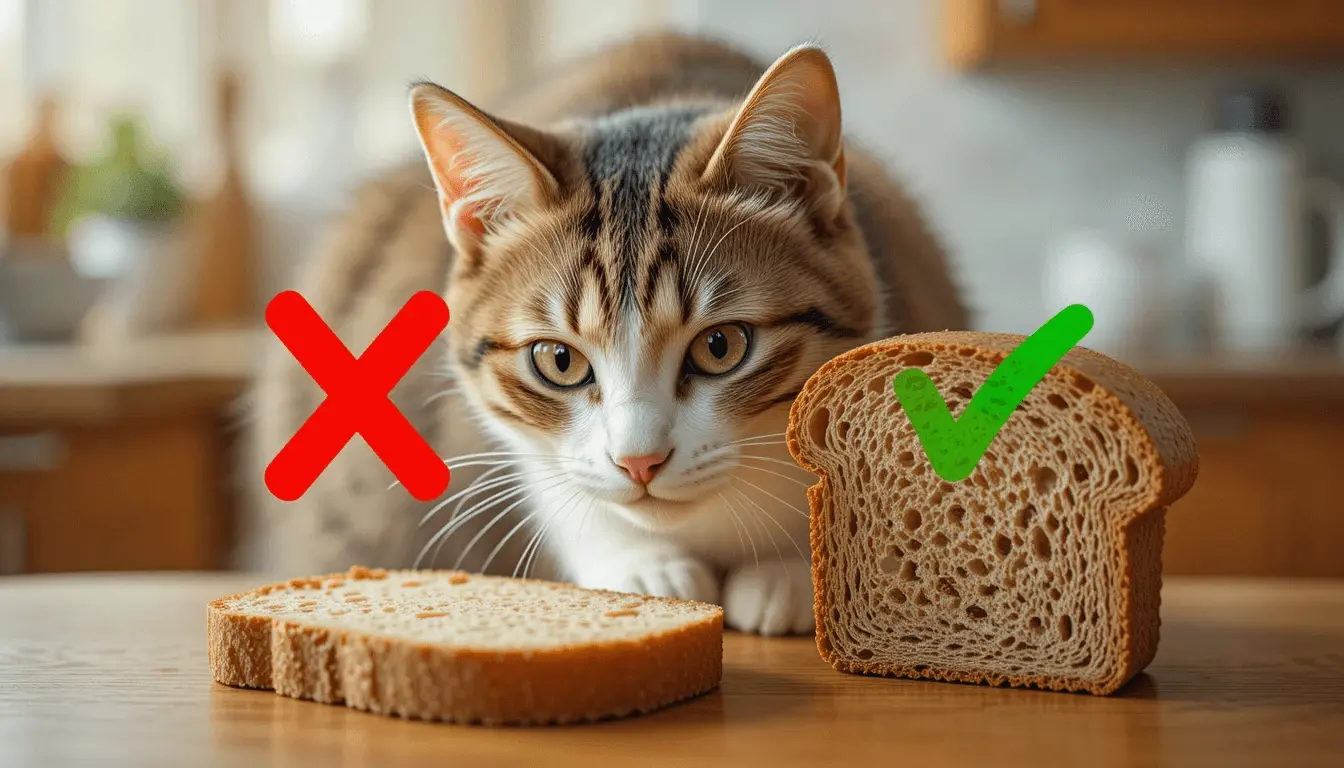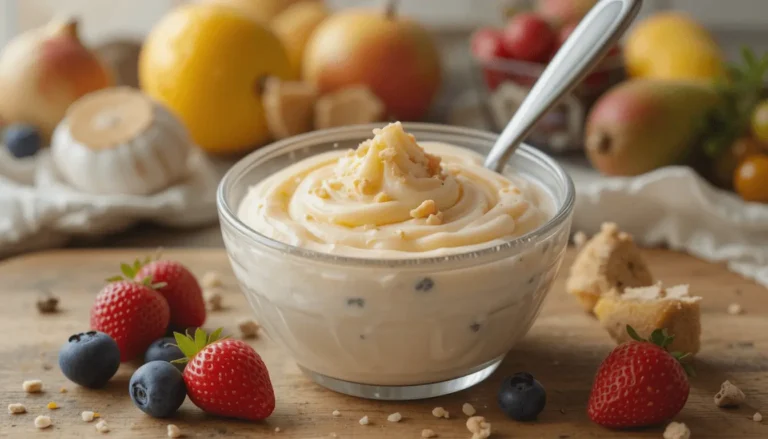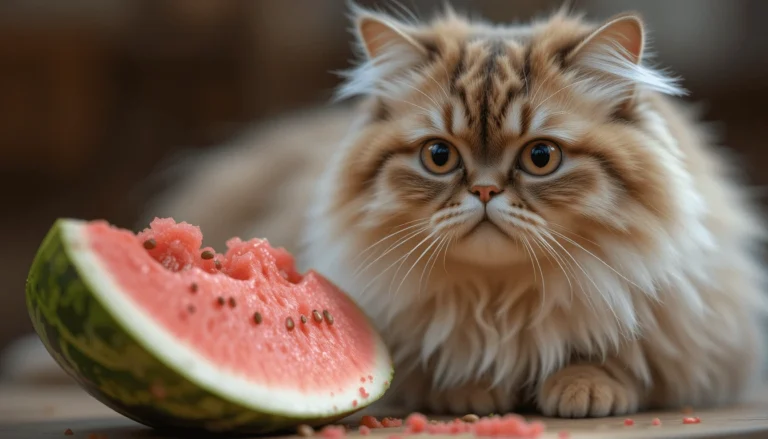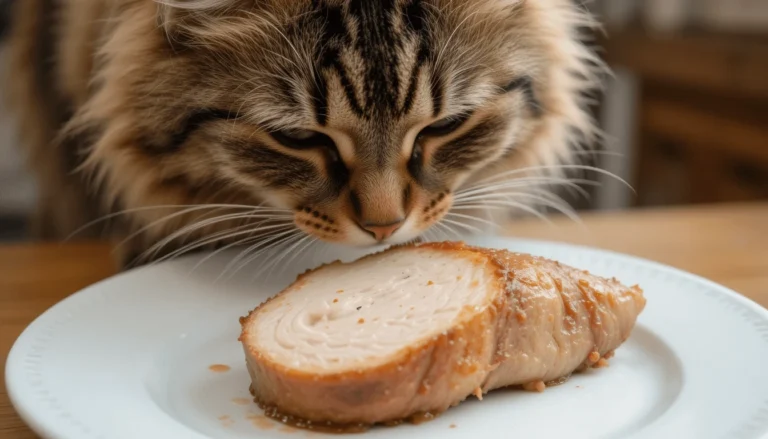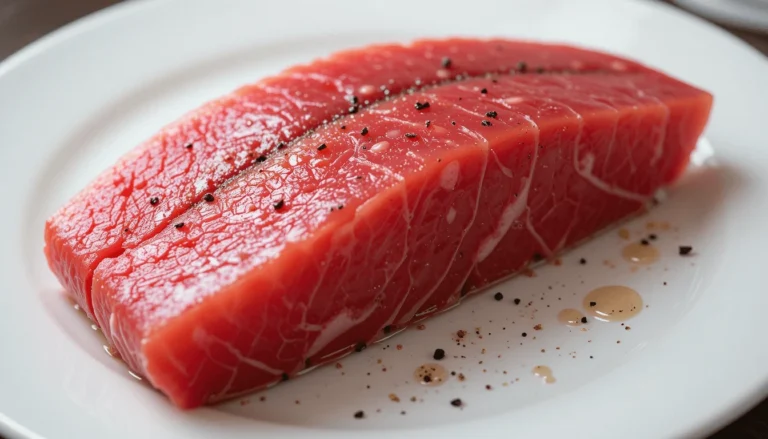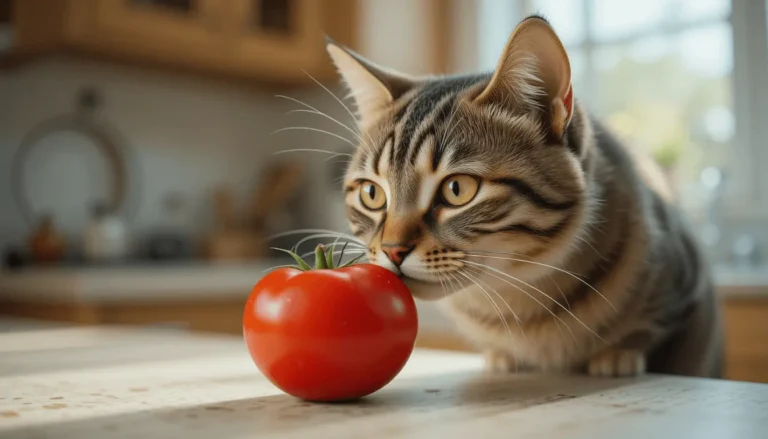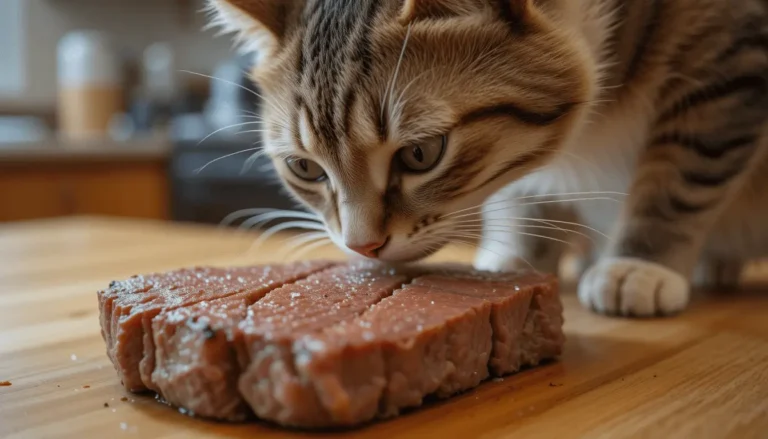Can Cats Eat Bread? Safety, Risks, and Healthy Alternatives
Introduction
Picture this: You turn away for just a second, and suddenly your cat is pawing at your plate, nibbling on a corner of your sandwich. Panic sets in—Can cats eat bread? Is this harmless mischief, or a hidden danger?
As a cat parent, you’re not alone in this dilemma. Bread seems innocent, but behind its fluffy exterior lurk questions about yeast toxicity, gluten allergies, and feline nutrition. Is it a safe treat, or a recipe for a vet visit?
In this guide, we’ll unravel the truth—backed by veterinarian advice and pet nutritionists—so you can decide whether to share your next loaf or steer clear. From risks of feeding bread to healthy cat-friendly alternatives, let’s ensure your curious kitty stays happy and safe.
Because when it comes to cats, even the simplest snack can be… complicated.  “**
“**
Is Bread Safe for Cats? What Science & Vets Say
Can cats eat bread? The short answer is: in very small amounts, but it’s not recommended. While a tiny piece of plain bread likely won’t harm your feline friend, there are important risks every cat lover should know. Let’s dig into the facts—backed by experts and studies—so you can make the best decision for your pet.
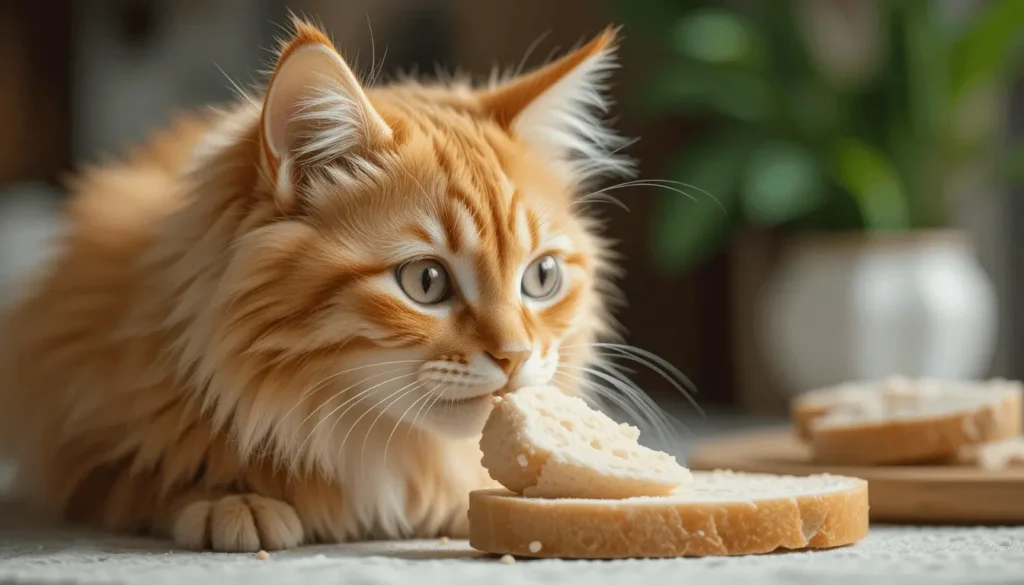
Can Cats Digest Bread Properly? (The Science Behind Feline Digestion)
Unlike humans, cats are obligate carnivores, meaning their bodies are designed to thrive on meat—not carbs. Their digestive systems lack the enzymes to efficiently break down large amounts of grains, including bread. According to a study published in the Journal of Feline Medicine and Surgery (2022), cats have no nutritional requirement for carbohydrates, and excessive carbs can lead to weight gain and digestive upset.
Key Takeaway: While a nibble of bread won’t immediately harm your cat, their body isn’t built to process it well.
The Hidden Danger of Yeast Dough (A Serious Risk for Cats)
One of the biggest dangers? Raw yeast dough. If ingested, the warm environment of a cat’s stomach causes the dough to rise, leading to painful bloating and even alcohol poisoning from fermentation. The ASPCA Animal Poison Control Center lists yeast dough as a toxic hazard for pets, urging owners to keep unbaked bread far away from curious kitties.
Did You Know? Just 1-2 ounces of raw dough can cause life-threatening complications in cats.
Harmful Ingredients in Bread to Avoid (What Makes Bread Risky?)
Not all bread is created equal—and some common ingredients can be toxic to cats, including:
- Garlic & Onions (Can cause anemia) – PetMD Warning
- Raisins & Nuts (Kidney failure risk) – ASPCA Toxic Foods List
- Xylitol (Artificial sweetener, deadly to pets) – FDA Alert
Even plain bread often contains excess salt and sugar, which can strain a cat’s kidneys over time.
What Do Veterinarians Recommend? (Expert Advice for Cat Owners)
Most vets agree: Bread offers no nutritional benefit for cats and should never be a regular treat. Dr. Sarah Wooten, DVM, emphasizes that while “a tiny bite of plain toast won’t hurt, it’s empty calories that can contribute to obesity.” Instead, she suggests high-protein cat treats or cooked meat as safer alternatives.
Pro Tip: If you must share bread, opt for plain, fully baked, and unseasoned types—and only in pea-sized amounts.
Potential Benefits of Bread for Cats (Proceed with Caution!)
While bread shouldn’t be a dietary staple for cats, there are a few very specific scenarios where a tiny amount might be acceptable. Let’s explore when—and how—bread could play a minor role in your cat’s diet, while keeping their safety as the top priority.
A Fiber Boost for Occasional Constipation
In rare cases, veterinarians may recommend a small piece of whole-grain bread to help with mild constipation. The fiber content can have a mild laxative effect. However, this should only be done under veterinary guidance, as too much fiber can backfire and cause diarrhea.
Important Note: Pumpkin puree (plain, unsweetened) is a much safer and more effective fiber source for cats.
Hiding Medication (As a Last Resort)
Some cat owners use a tiny bread “pill pocket” to disguise bitter medications. While this can work in a pinch, be aware that:
- Many cats will simply eat around the pill
- Commercial pill paste treats (like those from Greenies) are a more reliable option
- Always check with your vet before using bread this way, especially for long-term meds
Plain White Bread for Hairball Relief? (Myth vs. Reality)
You may have heard that bread can help cats pass hairballs. While the soft texture might help coat the digestive tract slightly, there’s no scientific evidence that it’s effective.
Better Alternatives:
- Regular brushing to reduce hair ingestion
- Vet-approved hairball remedies (like laxatone)
- Increased hydration through wet food
The “Comfort Factor” – Why Cats Crave Bread
Some cats are oddly attracted to bread due to:
- The yeasty smell, which mimics meat aromas to their sensitive noses
- The soft texture, which appeals to cats with dental issues
- Simple curiosity! (Cats are notorious for wanting what you’re eating)
Key Takeaway: While these “benefits” exist, they’re not nutritionally necessary—and risks often outweigh any potential perks
Health Risks of Feeding Bread to Cats (The Serious Downsides)
While the occasional bread crumb might seem harmless, regularly feeding bread to cats can lead to several health complications. Let’s examine the real risks every responsible cat owner should know.
Obesity and Diabetes: The Carb Overload Problem
Cats’ bodies aren’t designed to process carbohydrates efficiently. Regular bread consumption can lead to:
- Weight gain (A study in the Journal of Veterinary Medicine found obese cats are 2-4x more likely to develop diabetes)
- Insulin resistance (Bread’s high glycemic index spikes blood sugar)
- Pancreatic stress from processing excess carbs
Shocking Stat: The Association for Pet Obesity Prevention reports 60% of US cats are overweight – and carb-heavy treats like bread contribute to this epidemic.
Digestive Distress: When Bread Backfires
Common digestive issues from bread include:
- Bloating and discomfort (Especially from yeast-containing breads)
- Diarrhea (From gluten sensitivity – affects about 10-15% of cats according to feline nutritionists)
- Constipation (Paradoxically, too much bread can have this effect)
Emergency Sign: If your cat shows vomiting, lethargy or loss of appetite after eating bread, contact your vet immediately.
Toxic Ingredients: The Hidden Killers in Bread
Many commercial breads contain:
- Garlic/onion powder (Destroys red blood cells – just 1g per 5lb body weight is dangerous)
- Xylitol (Found in some “sugar-free” breads – causes fatal liver damage)
- Raisins/currants (Even small amounts can cause kidney failure)
Vet Alert: The Pet Poison Helpline reports bread-related toxicity cases spike during holidays when special breads (like Christmas stollen or hot cross buns) are more available.
Long-Term Nutritional Deficiencies
Feeding bread regularly can lead to:
- Protein malnutrition (Bread displaces meat-based meals)
- Taurine deficiency (Essential amino acid cats can’t get from plants)
- Vitamin imbalances (Bread lacks crucial nutrients like arachidonic acid)
Did You Know? A cat fed mostly bread could develop feline dilated cardiomyopathy within months due to taurine deficiency.
Safer Alternatives to Bread for Cats (Healthy & Delicious Options)
Since bread offers minimal benefits and carries real risks, what should you feed your curious feline instead? Below are vet-approved, cat-friendly alternatives that satisfy their cravings without the downsides of bread.
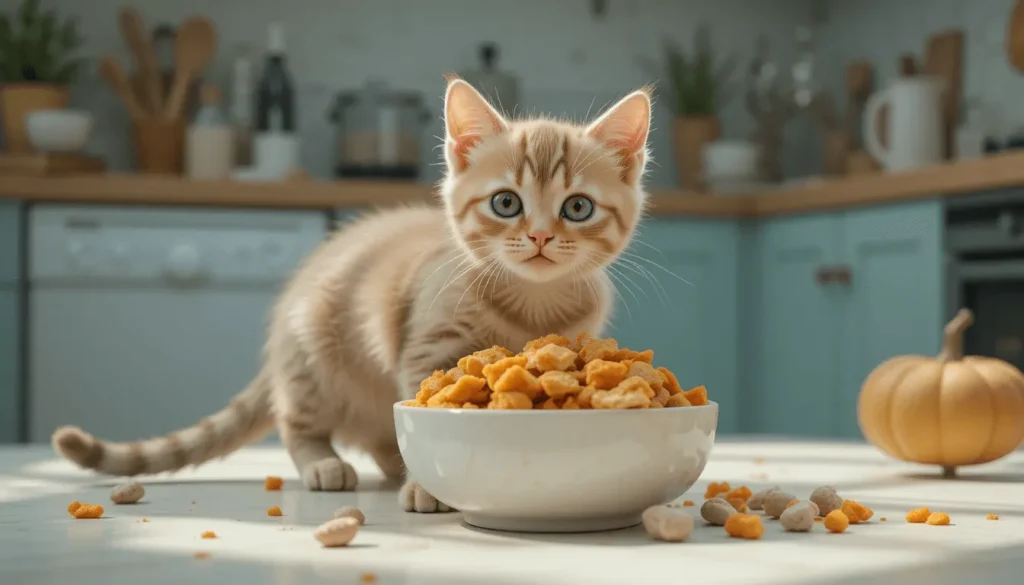
High-Protein Treats (The Best Choice for Cats)
Cats thrive on animal-based proteins. Try these nutritious swaps:
- Freeze-dried meat treats (Pure protein, no fillers) – Chewy’s Top Picks
- Cooked chicken or fish (Unseasoned, boneless)
- Commercial cat treats (Look for grain-free options) – ASPCA Treat Guide
Pro Tip: A 1-inch piece of cooked chicken provides more nutrition than an entire slice of bread!
Fiber-Rich Substitutes for Digestive Health
If you considered bread for hairballs or constipation, try these safer solutions:
- Plain pumpkin puree (1 tsp per meal) – PetMD’s Fiber Guide
- Specialized hairball treats (Formulated for cats)
- Wet food with added fiber (Ask your vet for recommendations)
Why It’s Better: These options provide targeted nutrition without unnecessary carbs.
Vet-Approved “Human Food” Snacks
Some people foods are safe in moderation:
Steamed green beans (Low-calorie crunch)
Cooked egg (Pure protein)
Plain yogurt (Probiotics for gut health) – AVMA Safe Foods List
Warning: Always introduce new foods gradually to avoid stomach upset.
DIY Cat Treat Recipes (Bread-Free!)
Whip up these simple homemade treats:
- Tuna Bites: Canned tuna + egg + whole wheat flour (baked)
- Salmon Cookies: Salmon puree + catnip + oat flour
- Chicken Jerky: Thin-sliced chicken breast (dehydrated)
Resource: FDA Homemade Pet Food Guidelines
Conclusion : So, Can Cats Eat Bread? The Final Verdict
After exploring the risks, minimal benefits, and healthier alternatives, the answer to “Can cats eat bread?” is technically yes—but they really shouldn’t. While a tiny crumb of plain bread won’t immediately harm your feline friend, it offers no nutritional value and carries potential dangers, from digestive upset to toxic ingredients.
As responsible cat owners, we want what’s safest and healthiest for our pets. Instead of bread, opt for protein-rich treats, vet-approved snacks, or homemade alternatives that align with your cat’s natural dietary needs.
Final Thought: Your cat may beg for a bite of your sandwich with those irresistible eyes, but remember—their health is worth more than a momentary treat. So, the next time your curious kitty eyes your toast, ask yourself: “Is this tiny pleasure worth even the smallest risk?”
FAQs
1. Can cats eat bread crust?
While plain, fully baked bread crust in tiny amounts isn’t toxic, it’s harder to digest and may pose a choking hazard—especially for small cats or kittens. The crust also contains concentrated baking agents and salt. Better option: Offer a bite of cooked chicken instead.
2. What happens if my cat accidentally eats a lot of bread?
Monitor for:
- Bloating or discomfort (from yeast expansion)
- Vomiting/diarrhea (carb overload)
- Lethargy (possible toxicity from ingredients)
Action: Withhold food for 12 hours, provide water, and call your vet if symptoms persist. For raw dough ingestion, seek immediate emergency care.
3. Is whole wheat or white bread safer for cats?
Neither is ideal, but if you must choose:
- White bread: Less fiber = slightly gentler on digestion
- Whole wheat: More fiber but higher risk of gluten sensitivity
Truth: Both are empty calories—your cat gains zero nutritional benefits.
4. Can I give my cat bread for an upset stomach?
No. While bland carbs help humans, cats need:
- Fasting (12-24 hours for adult cats)
- Easy-to-digest protein (boiled chicken)
- Veterinary-recommended probiotics
Bread may worsen stomach issues due to gluten and yeast.
5. Why does my cat love bread so much?
Possible reasons:
- Yeast smell mimics meat aromas
- Soft texture appeals to dental pain
- Simple curiosity (they want what you’re eating!)
Solution: Redirect their craving with high-protein treats like freeze-dried liver.

